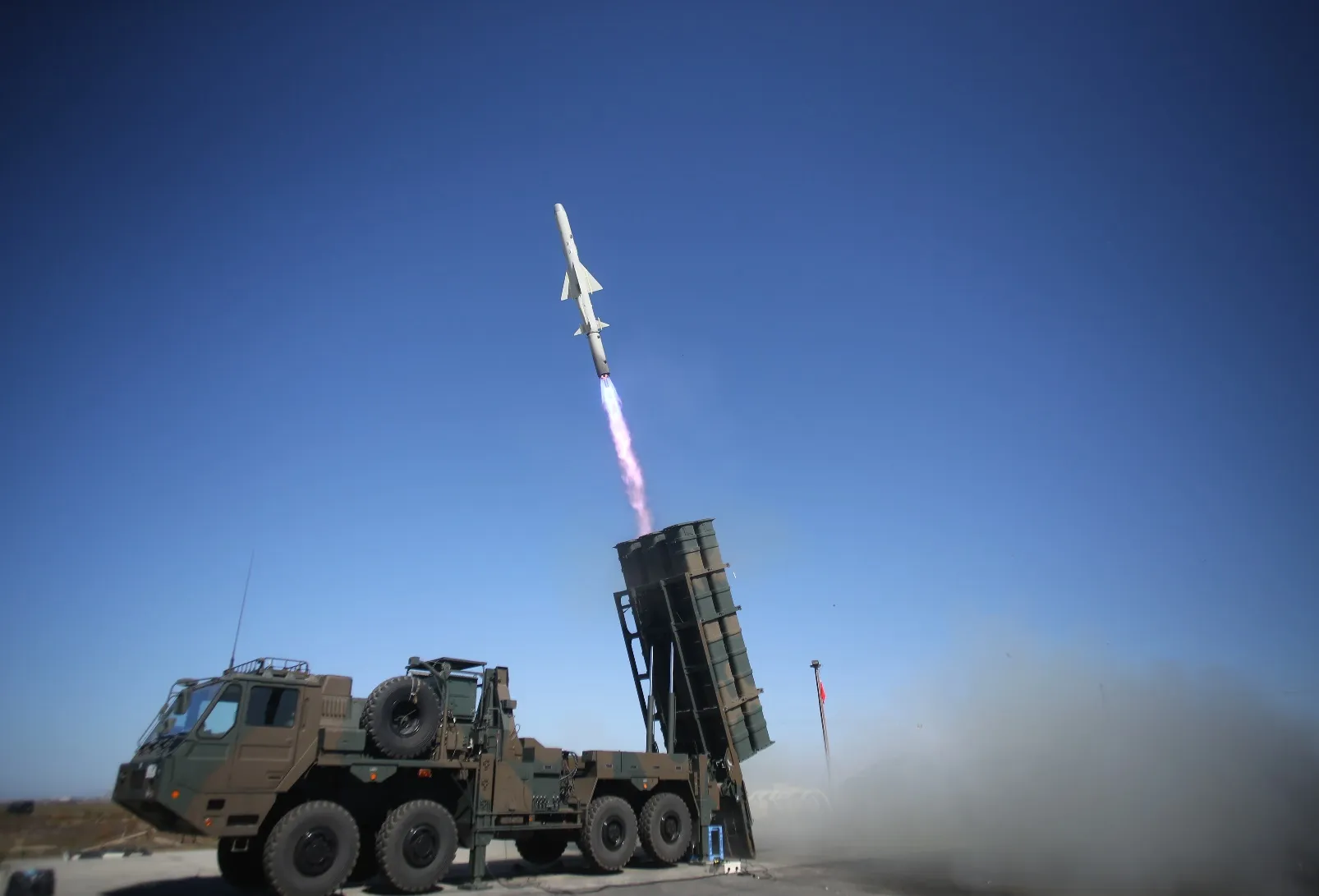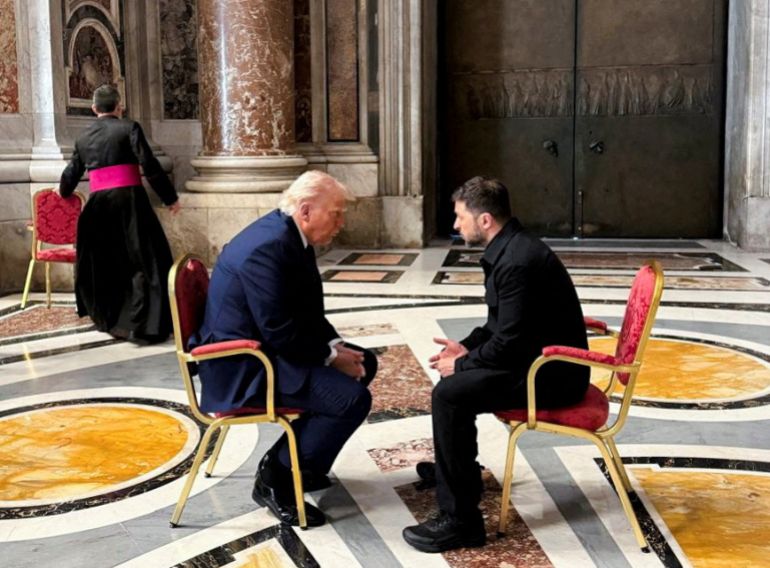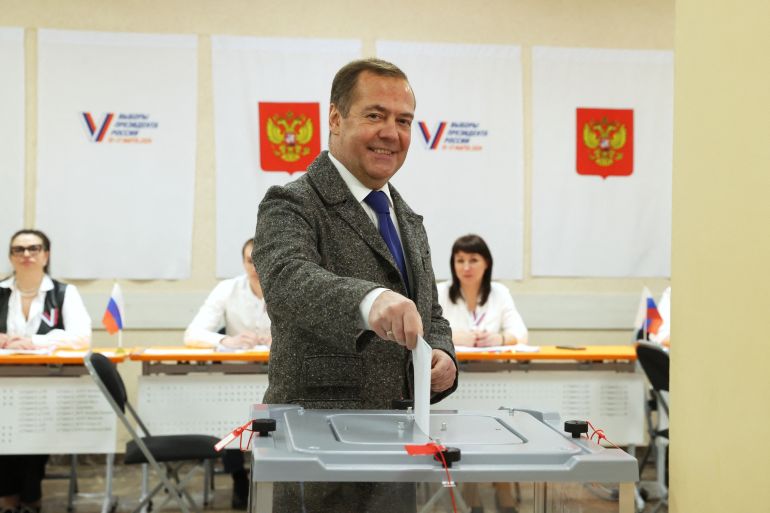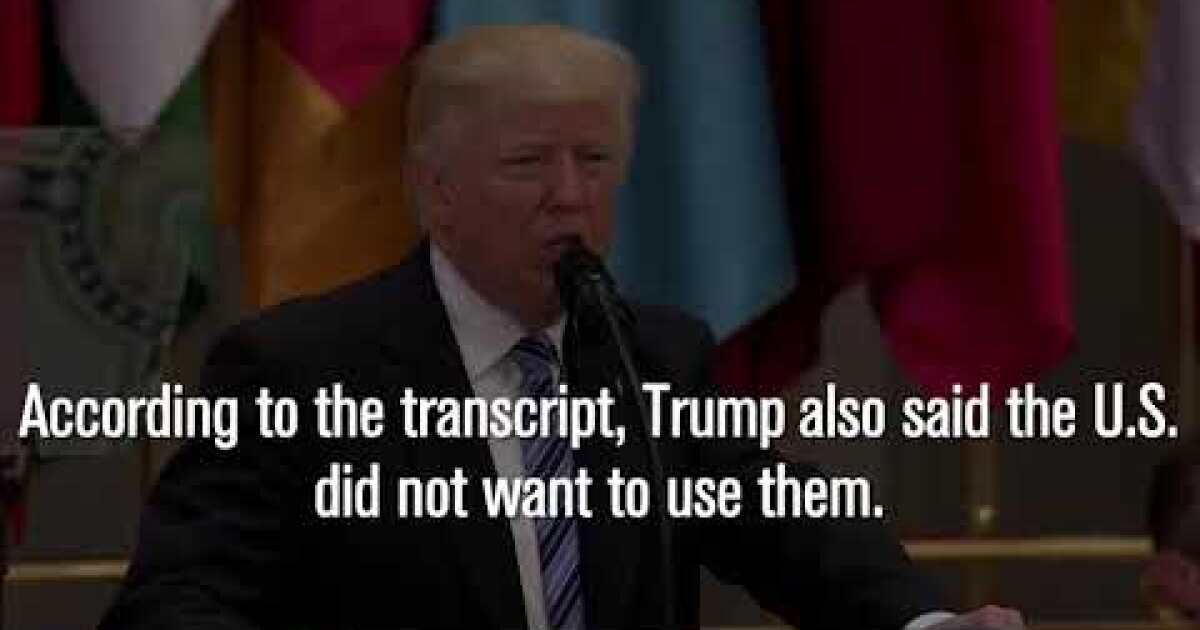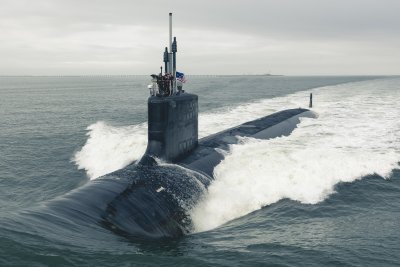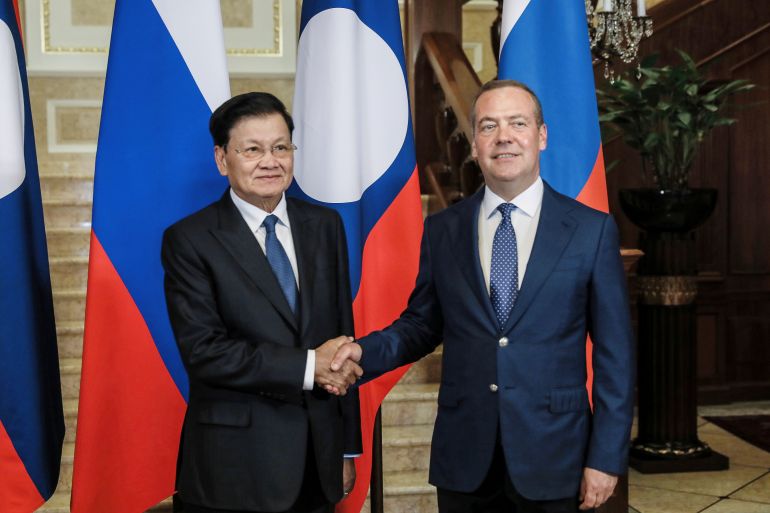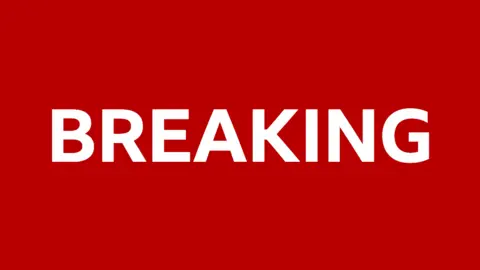UK defence secretary sends warning to Putin over submarines
Jonny BealeDefence correspondent, Lossiemouth
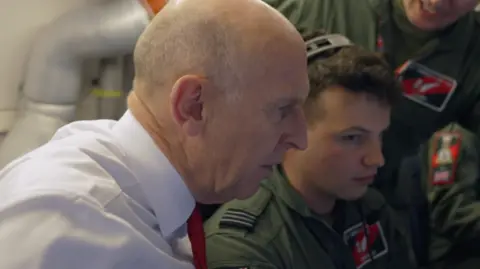 BBC
BBCDefence Secretary John Healey has a message for Russian President Vladimir Putin: “We’re hunting your submarines.”
There has been a “30% rise in Russian vessels threatening UK waters”, he says.
This, according to Healey, is evidence of increased “Russian aggression right across the board” which he says is impacting Europe, not just Ukraine.
The Ministry of Defence says Russian submarine activity in the North Atlantic is now back to the same levels as the Cold War era.
The RAF and Royal Navy have been stepping up their watch of the North Atlantic, where Russian submarines are most active. The RAF is flying missions most days, sometimes around the clock and often reinforced by other Nato allies.
BBC News joined the defence secretary on a flight on one of the RAF’s new P-8 aircraft – the first media to be allowed to observe an active mission.
Members of the nine-strong crew face banks of monitors – showing them what’s happening both on and under the surface of the water.
It is, in effect, a high-tech spy plane, which is one reason why we’re not allowed to film or photograph any of the screens.
From the outside the P-8 may look like an airliner, just painted grey and with fewer windows. It is in fact the airframe of a Boeing 737, but inside it’s fitted out with sophisticated cameras and sensors and listening devices.

Observing the crews at work, Healey tells me: “Russia is challenging us; it’s testing us; it’s watching us. But these planes allow us to say to Putin – we’re watching you; we’re hunting your subs.”
At first, the crew track a number of surface vessels, using the aircraft’s cameras to look for any suspicious equipment or activity. At times they’re flying just a few hundred metres above the waves.
Last year, with help of the Royal Navy, an RAF P-8 monitored the Russian spy ship, Yantar, which was reported to be hovering over undersea cables in the Irish Sea.
Western nations are increasingly concerned that Russia might try to sever critical undersea cables as part of its hybrid warfare – causing chaos and disruption to internet communications.
Later, they switch the mission to hunt for submarines. At the back of the aircraft are stored 129 active and passive sonar buoys which can detect underwater sounds.
There’s a loud pop as the buoys are fired automatically. One of the cameras on board shows them falling by parachute into the water. There’s no sign of the torpedoes the aircraft can carry to destroy submarines.
One of the crew admits that finding a submarine is not always that easy.
But they know the signature sound of Russian submarines and are helped by a wider network of underwater sensors. In August the RAF, working with US and Norwegian P-8s, tracked a Russian submarine shadowing an American aircraft carrier, the USS Gerald R Ford, on exercise in the North Atlantic.
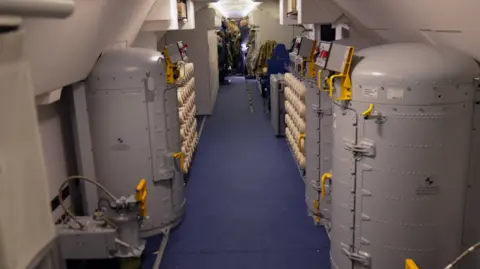
‘Time to get more aware’
It is a team sport – and the team is about to get even bigger, as Germany has ordered eight of its own P-8 aircraft. For this flight, Healey has been joined by his German counterpart, Boris Pistorius.
German military personnel have already been training alongside their UK colleagues and for part of this mission there’s a German navy pilot in the cockpit.
Germany plans to frequently fly its own maritime patrols from RAF Lossiemouth – Pistorius tells me why.
“The North Atlantic is crucial, and it’s threatened by Russian nuclear submarines,” he says. “Therefore, we need to know what’s going on here in the deep sea.”
The German defence minister’s presence underlines the deepening defence relationship with the UK. There’s much closer co-operation following the signing of the Trinity House Agreement on defence last year.
Germany is already investing in the UK to build new tanks and armoured vehicles for the British Army. On this visit, Pistorius announced that Germany would be buying UK-made Sting Ray torpedoes for its P-8 aircraft. The two countries are also promising to work together on cyber-security.
Pistorius and Healey have already been leading Europe’s efforts to supply weapons to Ukraine. Now they’re turning their attention closer to home.
Pistorius says every day there is evidence of Russia’s hybrid warfare – “fake news, disinformation, hybrid attacks, the threat to undersea infrastructure”.
He says: “It’s time to get more aware of what’s going on.”


